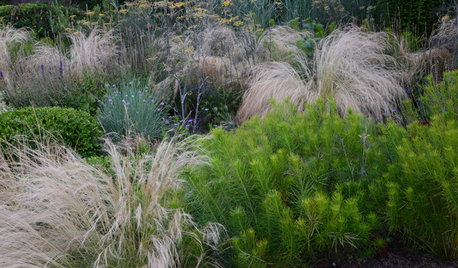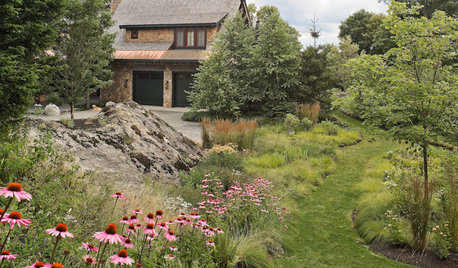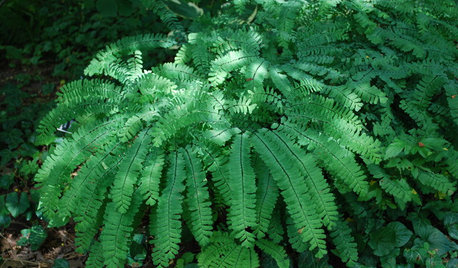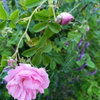Species Rule
User
12 years ago
Related Stories

GARDENING GUIDES4 Ways to Break the Rules in Your Garden
For a more creative landscape design, take a different approach to planting
Full Story
FLOWERSRudbeckia Mania: Go Beyond Black-Eyed Susan in the Garden
Branch out from typical nursery fare, with lesser-known Rudbeckia species that have delightfully unexpected features
Full Story
DECORATING GUIDESHow to Make Wood Tones Work for You
Avoid the ski lodge look by using the rule of three, creating texture, adding pattern and more to expertly mix wood types
Full Story
GARDENING GUIDES13 Risks to Take for True Garden Rewards
Go ahead, be a rebel. Breaking rules in the garden can lead to more happiness, creativity and connection with the earth
Full Story
LANDSCAPE DESIGNCalifornia Says Goodbye to the Sprawling Ornamental Lawn
New state rules will effectively limit turfgrass to 25 percent of the landscape in most new and renovated yards
Full Story
GARDENING GUIDESGreat Design Plant: Northern Maidenhair Fern Softens Shade Gardens
Stir up some romance in dark corners with the billowy fronds of native Adiantum pedatum
Full Story
GARDENING GUIDES10 Top Native Plants for the U.S. Southeast
For a low-maintenance and wildlife-friendly landscape, use Southern natives that withstand heat and humidity
Full Story
GARDENING GUIDES7 Fall Beauties for Mild-Climate Container Gardens
We're talking long-term relationship: These showy shrubs will bring color to your container garden autumn after autumn
Full Story
GROUND COVERSGive Your Lawn a Taste of the Wild
Consider the joys of an irregularly trimmed meadow lawn: It’s ecofriendly, visually interesting and still good for romping
Full Story
PETS10 Tips for Keeping Indoor Cats Healthy and Happy
It's National Cat Day: Ask not what your cat can do for you (because it will ignore you) but what you can do for your cat
Full StoryMore Discussions










jacqueline9CA
ingrid_vc so. CA zone 9
Related Professionals
Accokeek Landscape Architects & Landscape Designers · Surprise Landscape Contractors · Brownsville Landscape Contractors · Dickinson Landscape Contractors · Gallatin Landscape Contractors · Hawaii Landscape Contractors · Hoover Landscape Contractors · Long Branch Landscape Contractors · Paterson Landscape Contractors · Vancouver Landscape Contractors · Wanaque Landscape Contractors · Chatsworth Swimming Pool Builders · Annapolis Siding & Exteriors · East Brunswick Siding & Exteriors · Lowell Siding & Exteriorsseil zone 6b MI
roseseek
jerijen
seil zone 6b MI
roseseek
harborrose_pnw
jerijen
roseseek
UserOriginal Author
mendocino_rose